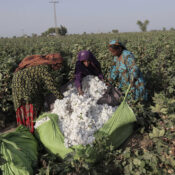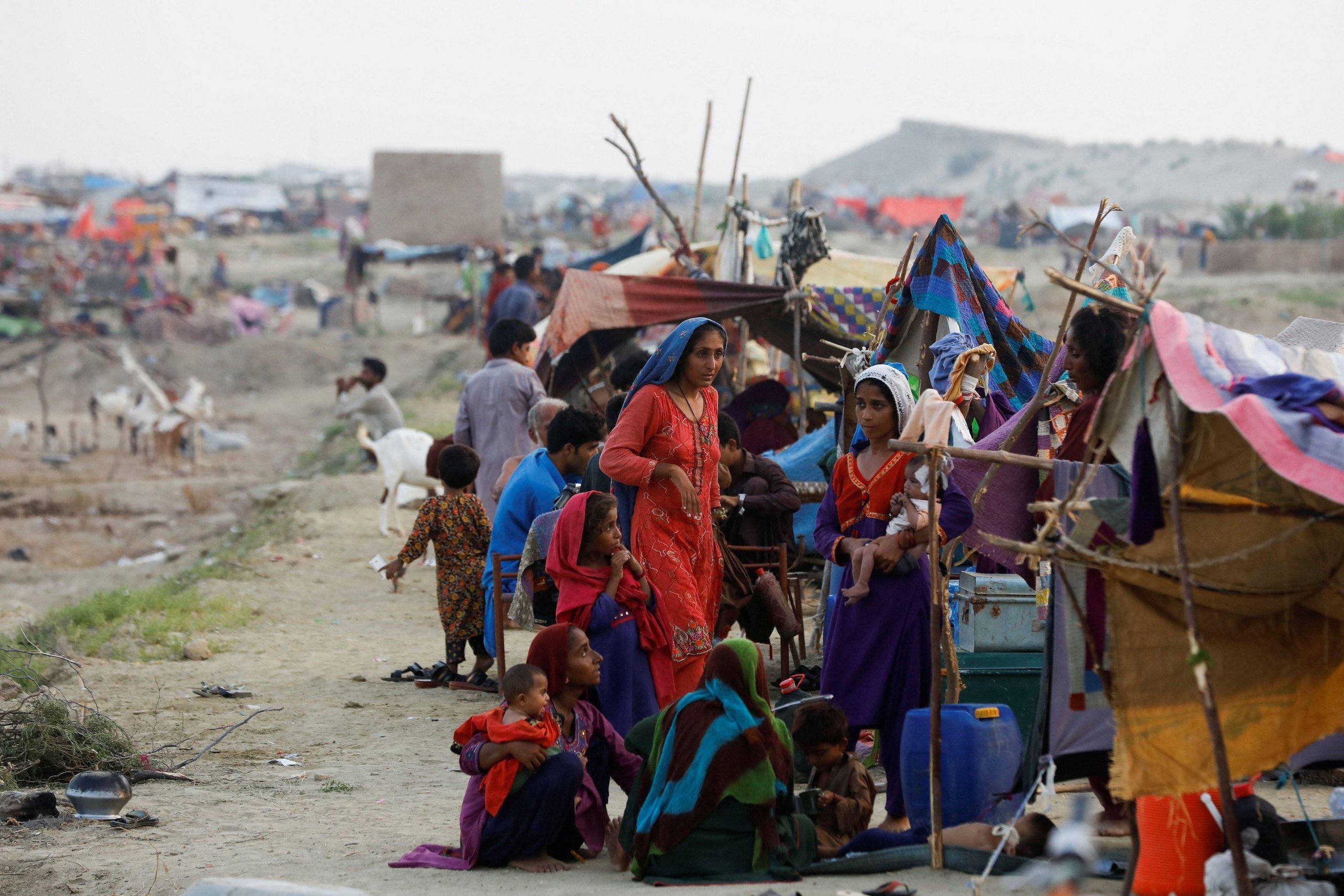
The Impact of Climate Change on Girls’ Education in Pakistan
Introduction:
Girls’ education has always been a cause for concern in Pakistan, with only a fraction of girls having access to quality education. However, climate change is presenting new challenges that are exacerbating existing problems and impacting girls’ education negatively. Pakistan is vulnerable to the consequences of climate change, including extreme weather events, changes in agricultural patterns, water scarcity, and health issues. This paper discusses the impact of climate change on girls’ education in Pakistan and presents recommendations for addressing the challenges faced.
I. Climate Change and Education in Pakistan:
Pakistan’s education system is already bogged down by several challenges, including insufficient resources, high dropout rates, and gender disparities. Climate change further adds to these challenges, as it impacts the infrastructure and accessibility of schools, particularly for girls. Girls already face barriers such as cultural norms, early marriages, and poverty, which climate change exacerbates by worsening access to education.
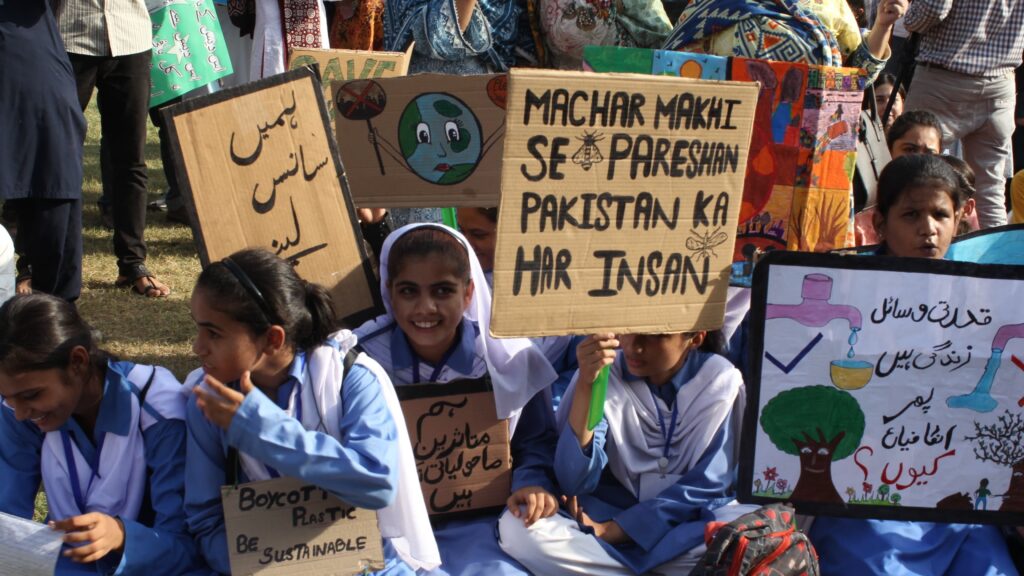
II. Climate Change Hazards and Disruptions:
a) Extreme Weather Events:
Pakistan is experiencing more frequent and intense weather events such as floods, droughts, and heatwaves due to climate change. These events result in infrastructure destruction, health issues, and food scarcity, all of which negatively impact girls’ education. Girls bear the brunt of these events as they are expected to help their families recover, take care of sick family members, and perform other household duties after disasters, resulting in missed schooling.
b) Changes in Agricultural Patterns:
The change in seasonal patterns due to climate change also impacts agricultural patterns, which form a critical source of income for many families in Pakistan. Girls are expected to work on farms, sometimes rendering them out of school. Climate change also exacerbates poverty, making it difficult for families to prioritize education over the need to earn immediate income.
c) Water Scarcity and Sanitation Issues:
Pakistan is one of the most water-scarce countries globally, and climate change impacts this issue further. Girls have more restricted access to clean water and sanitation facilities in both homes and schools. This issue poses several risks to girls, including causing health problems, inaccessibility to menstrual hygiene products, and resulting in missed schooling.
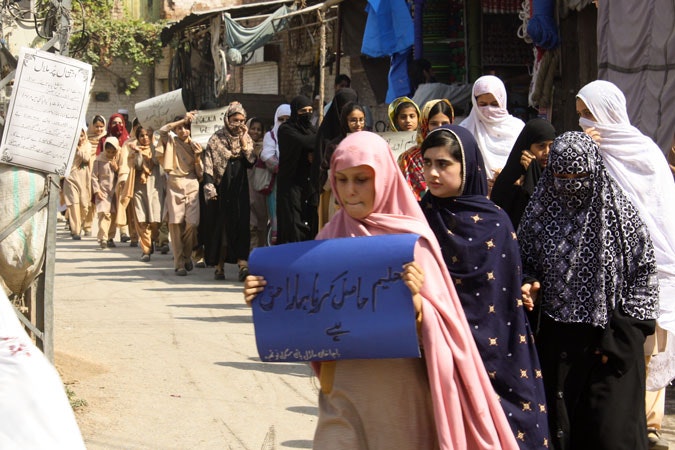
III. Health Consequences:
a) Air Pollution:
Pakistan’s air pollution levels continue to be high, with respiratory diseases, allergies, and asthma on the rise. These effects are exacerbated by climate change, leading to missed school days and poor academic performance, mainly among girls who face additional constraints such as cultural norms.
b) Increased Infectious Diseases:
Climate change also contributes to increasing the spread of waterborne and vector-borne diseases such as malaria and dengue virus. Girls are particularly vulnerable to these diseases because they are responsible for household chores such as collecting water and cooking, increasing their exposure to disease vectors.
IV. Socio-cultural Barriers:
Socio-cultural factors also create deep-rooted gender disparities that restrict girls’ access to education. Early marriages, women’s role as primary caregivers, and mobility restrictions prevalent in many communities have substantial implications for girls’ education. Climate change exacerbates these factors, which further undermines girls’ educational opportunities.
V. Policy Response and Recommendations:
Pakistan has taken several steps, such as the Education Sector Plan, which aims to increase access to quality education. However, these policies need to be supplemented with a robust gender-focused approach that deals with the unique challenges faced by girls. Some recommendations include providing climate-resilient infrastructure, increasing availability to quality education, and addressing socio-cultural norms and poverty through targeted interventions.
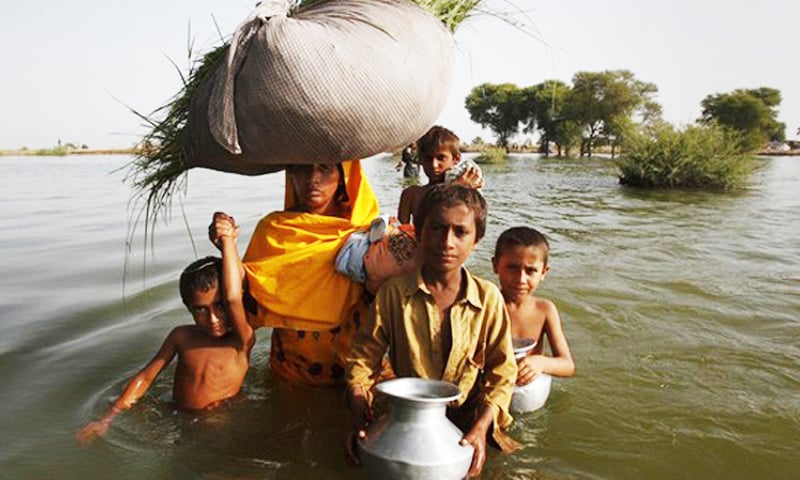
Conclusion:
Climate change is having an adverse effect on girls’ education in Pakistan, where the education system already faced several challenges. While policies have been implemented, there is a need for further interventions that critically identify the unique ecological, social, and cultural barriers that affect girls’ educational opportunities. By understanding these challenges and implementing targeted interventions, Pakistan can create a more inclusive and resilient education system, ensuring that girls in vulnerable communities have access to education.
All Categories
- Agricultural Methods
- Agriculture and Women Small Farmers Rights Awareness
- Climate Change
- Disable and Human Rights
- Disable Jobs
- Donation
- Education
- Health Issues
- Organic Foods
- Organic Vegetables
- Orphans Children
- Plastic production and disposal
- Services
- Sinking in Scarcity
- Success Stories
- Uncategorized
- Waste Management
- Women Rights
- Youth Empowerment




